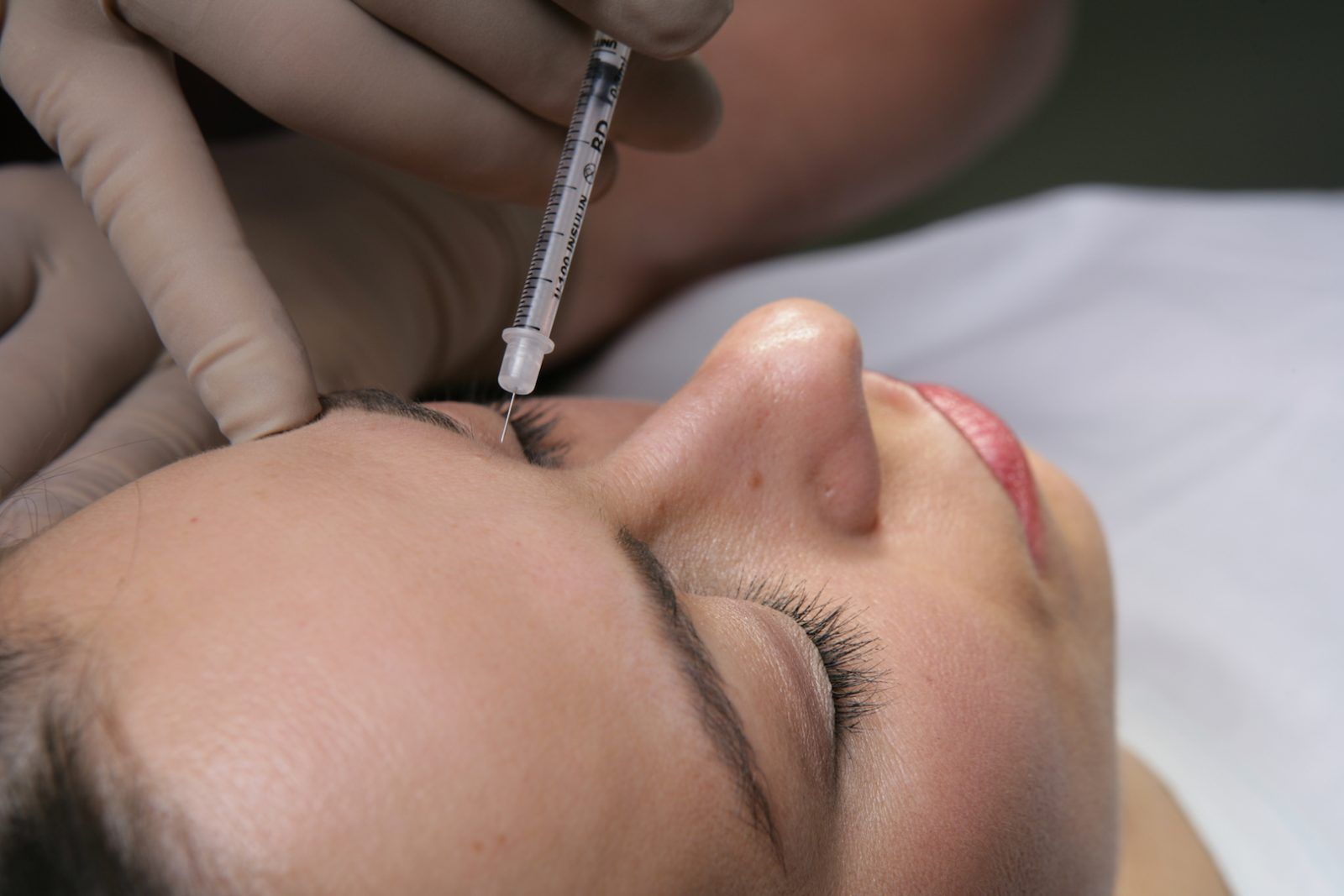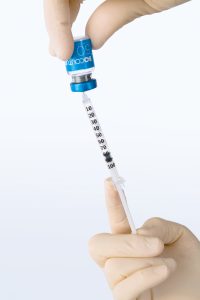What you always Wanted to Know…

Questions and answers about Botulinum
” Solely the dose determines that a thing is not a poison” (Paracelsus, 1538)
The term Botox has become so established in aesthetic language that everyone knows what it means. In actual fact, Botox is the name for one product alone – that of the US manufacturer Allergan: “The physician distinguishes between products for aesthetic treatment, such as Vistabel (Allergan), Bocouture (Merz), Azzalure (Galderma), and those for medical treatment such as Botox (Allergan), Xeomin (Merz), Dysport (Galderma),” explains Dr. Irina Izmaylova, Bellari team Dermatologist in Hamburg. Although everyone has heard or read quite a lot about this substance, which can do much more than just smooth wrinkles, it is still approached with uncertainty and reserve. Dr. Izmaylova answers the most important questions:
Is botulinum really a poison?
The substance, which is a protein produced by the bacterium Clostridium botulinum, is toxic in its untreated form and dosage. Under no circumstances does it come from snakes, as is often claimed. As a medicinal product, botulinum is used exclusively in its refined and strongly diluted form, rendering it a safe but effective medicine. It would probably take more than 3,000 vials to poison someone.
What long-term experiences are there?
Botulinum’s success story began in the fields of Ophthalmology and Neurology. It has been approved as a drug since 1989 and since then, has established itself in the treatment of severe neurological movement disorders. In January 2006, after lengthy clinical testing and reliable studies regarding safety and efficacy, the active ingredient was approved in Germany for the treatment of wrinkles.
How does botulinum work exactly?
Botulinum causes muscle relaxation and not paralysis, as is often claimed. It works more like a kind of brake to the muscles. For around about four to six months it inhibits the release of so-called messenger substances with which the nerves instruct the muscles to contract. It is precisely this muscle contraction that causes frown or worry lines for example. Once the active ingredient has broken down, the treated muscle strand regains its mobility to the same extent as before.
Can organs be damaged in the process?
Botulinum only works where it is injected. During wrinkle treatment, it does not enter the bloodstream so organs such as the liver cannot be damaged. The complex protein is completely broken down in a specific way. Histological research has not shown any tissue changes in the body, even after prolonged use. Unwanted temporary side effects such as a rigid facial expression or drooping eyelids can usually be traced back to errors in treatment such as incorrect dosage or injection. It is therefore essential that the treatment only be carried out by an experienced and well-trained physician.
When does botulinum treatment make sense?
Because our facial expressions are constantly in motion, certain wrinkles will eventually develop on the forehead, around the eyes or on the lips or chin. Botulinum smooths these wrinkles and gives the face a more relaxed and friendly expression. If used regularly, even deep wrinkles can be noticeably reduced. Pre-treatment with botulinum can also help increase the lasting effect of wrinkle injections in the forehead.
Can it also be used to prevent wrinkles?
Botulinum can be used preventively at the first sign of small mimic wrinkles or if one has a familial predisposition to deep frown lines, for example. The targeted braking of the responsible musculature calms the wrinkle area which prevents lines from deepening further or from forming in the first place.
Is the injection painful?
The sensation of pain varies from person to person. However, the needles used are very thin and the procedure, which only lasts between ten and 20 minutes, is usually well tolerated. The smoothing of wrinkles builds up slowly and reaches its maximum effect after about ten days. Sauna and solarium visits should be avoided during this period and the resumption of demanding sports should be postponed until the day after the injection.
Can botulinum slim down certain parts of the body?
Botulinum can, in fact, make the calves and upper arms appear slimmer if there is hypertrophy (thickening) of the muscle. If lower half of the face appears too dominant, this can be slimmed down as well. Here the cause, i.e. a too powerful masticatory muscle, is treated. The active substance is injected into the muscle at several small injection points. The muscle does not lose its function but is reduced nevertheless which brings about an optical narrowing of the lower part of the face.
Does it also help with strong calves?
Yes, by specifically injecting botulinum into individual strands of the calf muscle. As a result, the muscles of the lower leg relax and the calf becomes visibly slimmer over the course of the next two to four weeks. Neither strength or flexibility is lost. If the effect wears off completely after four to six months, the therapy can be repeated.
How does the therapy help against annoying sweating?
The cause of hyperhidrosis (excessive perspiration) is caused by a hyperfunction of the nervous system. Botulinum acts as a short-term blockage of the nerve fibers to prevent the release of neurotransmitters. The sweat glands then cease production and the armpits, palms or soles of the feet remain dry. However, the treatment must be repeated every four to six months.
Sponsered by Bellari
Botox, botulinum toxin, frown lines, glabella, muscle relaxation

CultureAndCream Author from Munich
To travel during my profession as a beauty journalist was never enough for my. Also my six month on a world trip didn’t do it. It always attracts me to other cities, foreign countries, on roadtrips and places I don’t know yet. But I am not only interested in “culture” and “cream”, I am also fascinated by people who have stories to tell . Such unique experiences I want to share with you.


